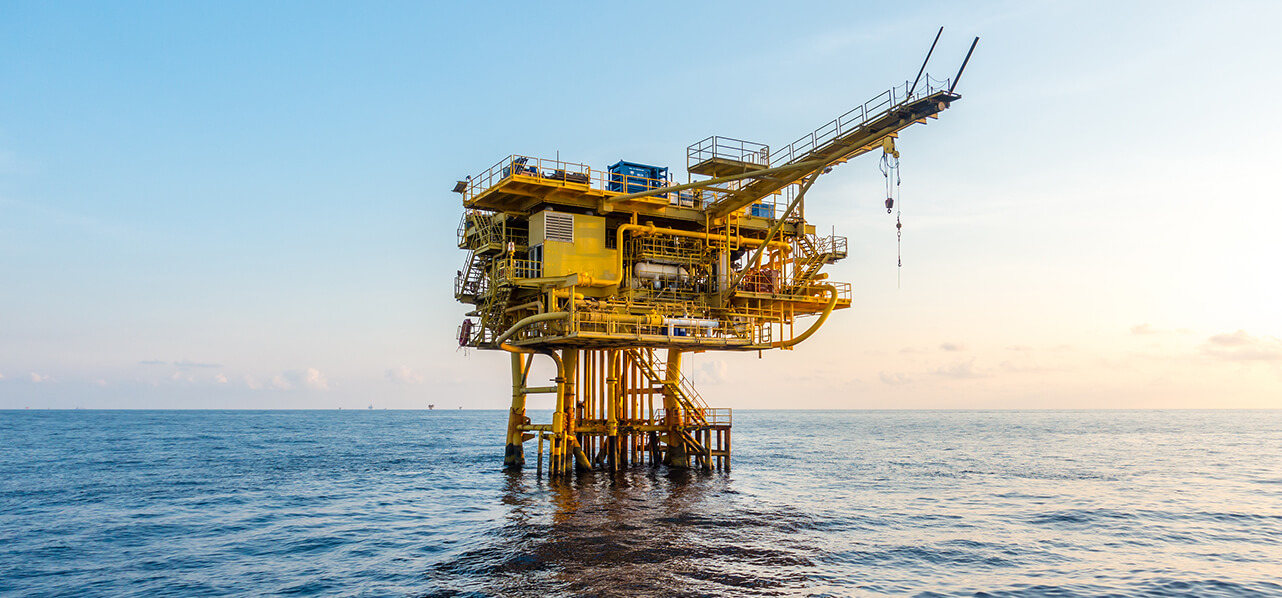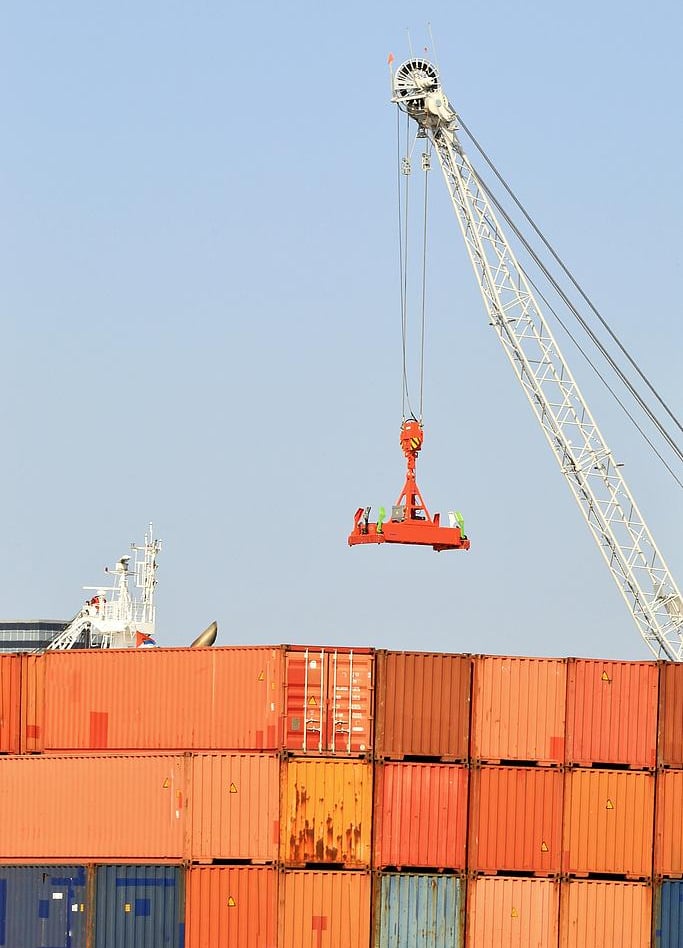📞+86 153 7530 2641 📧 hongjing.Wang@feichuncables.com

Can Feichun FIBER FLEX PUR‑FO Meet AS/NZS 2802 Requirements? A Deep Dive into Hybrid Power + Fiber Port Cables
Discover the Feichun FIBER FLEX PUR-FO hybrid cables designed for Australia’s demanding industrial environments. Learn about their features, compliance with Australian standards, and application in port and logistics systems. Ideal for engineers and procurement specialists seeking reliable cabling solutions.
hongjing.Wang@Feichun
7/7/20255 min read
Introduction: Why Hybrid Power + Fiber Cables Matter
In the fast-paced world of modern industry, the need for efficient and reliable cabling solutions is critical. Hybrid power + fiber cables, which combine power transmission and data communication in a single cable, are increasingly vital, particularly in advanced port operations and intelligent logistics systems. These cables streamline operations by reducing the complexity and cost of separate wiring for power and data, while also enhancing system stability and reliability.
In Australia, where compliance standards for mobile equipment and reeling cables are stringent, hybrid cables like the Feichun FIBER FLEX PUR-FO offer significant advantages. They are designed to meet the rigorous demands of environments such as ports, where equipment like cranes and Automated Guided Vehicles (AGVs) require simultaneous power and data connectivity. By integrating these functions, hybrid cables reduce installation and maintenance costs while ensuring robust performance in challenging conditions.
Product Overview: What Is FIBER FLEX PUR-FO?
The Feichun FIBER FLEX PUR-FO cable is a cutting-edge hybrid cable engineered for demanding industrial applications. Its innovative design combines power and data transmission capabilities, making it a versatile solution for modern industrial needs.
Key Features
Feature Details
Sheathing: Durable PUR for superior mechanical resistance
Resistance: Oil, water, UV; UV, ozone, humidity resistance
Temperature Range: -40°C to 105°C (overall); Fixed: -40°C to 80°C; Flexible: -30°C to 70°C
Conductor Material: Copper
Corrosion Resistant: Yes
Certifications: UL, CSA, RoHS; Complies with DIN EN 60811-404, IEC 60811-404, DIN EN 60332-1-2
RoHS Compliant: Yes
Installation Methods: Hanging, vertical, or horizontal
Mechanical Specifications: Tensile Strength: 300 N; Travel Speed: 240 m/min; Bending Radius: 150 mm
Fiber Core Options: G62.5/125 μm, G50/125 μm, E9/125 μm
Attenuation: Low for G62.5/125 μm (short-to-medium); Superior for G50/125 μm
Bandwidth: High for G62.5/125 μm; Enhanced for G50/125 μm
Numerical Aperture: 0.275 ±0.02 (G62.5/125 μm); 0.2 ±0.02 (G50/125 μm)
Chromatic Dispersion: Reduced for E9/125 μm (long-distance)
Protection Systems: PETP Tubes, Jelly Filling, Aramid Roving, Two-Core Layer Design
Environmental Compatibility: Seawater (up to 50 meters depth), UV, ozone, humidity management


Application Scenarios
Port Cranes: Provides power and data for Ship-to-Shore (STS) cranes, ensuring seamless operation.
AGVs: Supports unmanned transport vehicles with continuous power and communication.
RTG Reels: Ideal for Rubber-Tyred Gantry systems in container handling.
Intelligent Control Systems: Enables real-time data transmission for automation and monitoring.
The cable’s robust design, with a flexible PUR sheath and integrated fiber unit, ensures durability and performance in harsh industrial environments.
Standard Overview: What Is AS/NZS 2802?
AS/NZS 2802 is a key Australian and New Zealand standard that outlines requirements for electric cables used in reeling and trailing applications for mining and general use, excluding underground coal mining. It ensures cables can withstand the mechanical and environmental stresses of these demanding applications.
Key Requirements
High Mechanical Strength: Cables must resist flattening, impact, tension, and torsion.
Voltage Levels: Supports system voltages from 1.1/1.1 kV to 33/33 kV.
Sheath Material: Must be resistant to oil, water, and UV radiation.
Applications: Used in heavy-duty drag chains, mining machinery, and lifting equipment power supplies.
This standard is critical for industries like ports and mining, where cables face constant movement and harsh conditions.
Compliance Evaluation: Is PUR-FO Compatible with AS/NZS 2802?
The FIBER FLEX PUR-FO cable appears well-suited for applications covered by AS/NZS 2802, but specific compliance requires verification through type testing. Here’s an evaluation based on its features:
Alignment with AS/NZS 2802
Copper Conductor: The multi-core copper conductor supports efficient power transmission, aligning with the standard’s requirements for electrical performance.
Flexible Structure: The cable’s design is ideal for mobile equipment like reels and RTGs, meeting the standard’s need for flexibility in dynamic applications.
PUR Sheath: The oil-resistant, wear-resistant, and UV-resistant sheath is suitable for port and mechanical reeling environments.
Points Requiring Verification
Mechanical Tests: The cable must pass anti-flattening, anti-impact, anti-tension, and torsion cycle tests to confirm its durability under reeling and trailing conditions.
Voltage Level: The cable’s voltage rating must meet or exceed 0.6/1kV or 1.1kV, as specified by the standard.
Sheath Thickness and Material: The PUR sheath must comply with the standard’s requirements for thickness and material properties.
While the cable’s specifications suggest compatibility, manufacturers must conduct type testing to confirm full compliance with AS/NZS 2802.
Alternative Standards to Consider
If the FIBER FLEX PUR-FO cable does not fully meet AS/NZS 2802, alternative standards can be considered:
AS/NZS 1747: Covers drum power cables for ports and lifting equipment, relevant for port applications.
AS/NZS IEC 60794: Addresses optical fiber cables, applicable to the fiber optic component.
AS/CA S008: Specifies communication cable requirements, including RCM registration for compliance in Australia.
These standards can complement AS/NZS 2802 to ensure the cable meets all regulatory requirements.
Application Scenarios in Port and Industrial Environments
The FIBER FLEX PUR-FO cable excels in port and industrial settings requiring integrated power and data transmission.
Specific Applications
STS Quay Cranes: Provides reliable power and communication, simplifying installation and reducing failure risks.
AGVs: Supports autonomous navigation with continuous power and data connectivity.
Intelligent Container Systems: Ensures high-speed data transmission and power supply for efficient operation.
Wiring and Compliance
The cable is typically deployed in dynamic drum systems, where its flexible PUR sheath withstands constant reeling. Compliance requires adherence to standards like AS/NZS 2802 and RCM registration for the communication component, along with multi-standard declarations to meet Australian regulations.




Common Questions and Answers on Potential Cable Problems
Q1: What happens if the cable is exposed to extreme environmental conditions?
A: The PUR-FO cable is designed to withstand harsh conditions, including UV radiation, oil, and seawater up to 50 meters depth. Its PUR sheath and protective systems (e.g., PETP tubes, jelly filling) ensure durability. However, prolonged exposure beyond its rated temperature range (-40°C to 105°C) may require additional protective measures.
Q2: Can the cable handle the mechanical stress of constant reeling?
A: Yes, the cable’s flexible design and high tensile strength (300 N) make it suitable for dynamic reeling applications. However, compliance with AS/NZS 2802’s mechanical tests should be verified to ensure long-term performance.
Q3: Is the cable compatible with existing port equipment?
A: The cable’s multi-core copper conductor and fiber unit are designed for compatibility with standard port equipment like cranes and AGVs. Users should confirm voltage and connector compatibility with their specific systems.
Q4: What if the cable doesn’t meet AS/NZS 2802 standards?
A: If AS/NZS 2802 compliance is not achieved, alternative standards like AS/NZS 1747 or AS/NZS IEC 60794 can be considered. Type testing and consultation with regulatory bodies can help identify suitable compliance pathways.
Q5: How do I ensure regulatory compliance in Australia?
A: Ensure the cable meets RCM requirements for the communication component (AS/CA S008) and conduct type testing for relevant standards. A multi-standard compliance declaration may be necessary for port applications.
Conclusion: Matching Functionality with Standards
The Feichun FIBER FLEX PUR-FO cable is a high-performance hybrid solution with significant potential for Australia’s port and industrial markets. Its ability to combine power and data transmission in a durable, flexible package makes it ideal for applications like STS cranes, AGVs, and intelligent container systems. While it aligns well with AS/NZS 2802 requirements, type testing is essential to confirm compliance, particularly for mechanical and voltage specifications. By leveraging alternative standards like AS/NZS 1747 and AS/NZS IEC 60794, users can optimize market access and ensure regulatory compliance, making the PUR-FO cable a robust choice for modern industrial needs.
How to Reach Us
Get in Touch
SiteMap
Product Catalogue
Reeling Cable
Festoon Cable
Shore Power Cable




Scan to add us on WeChat
